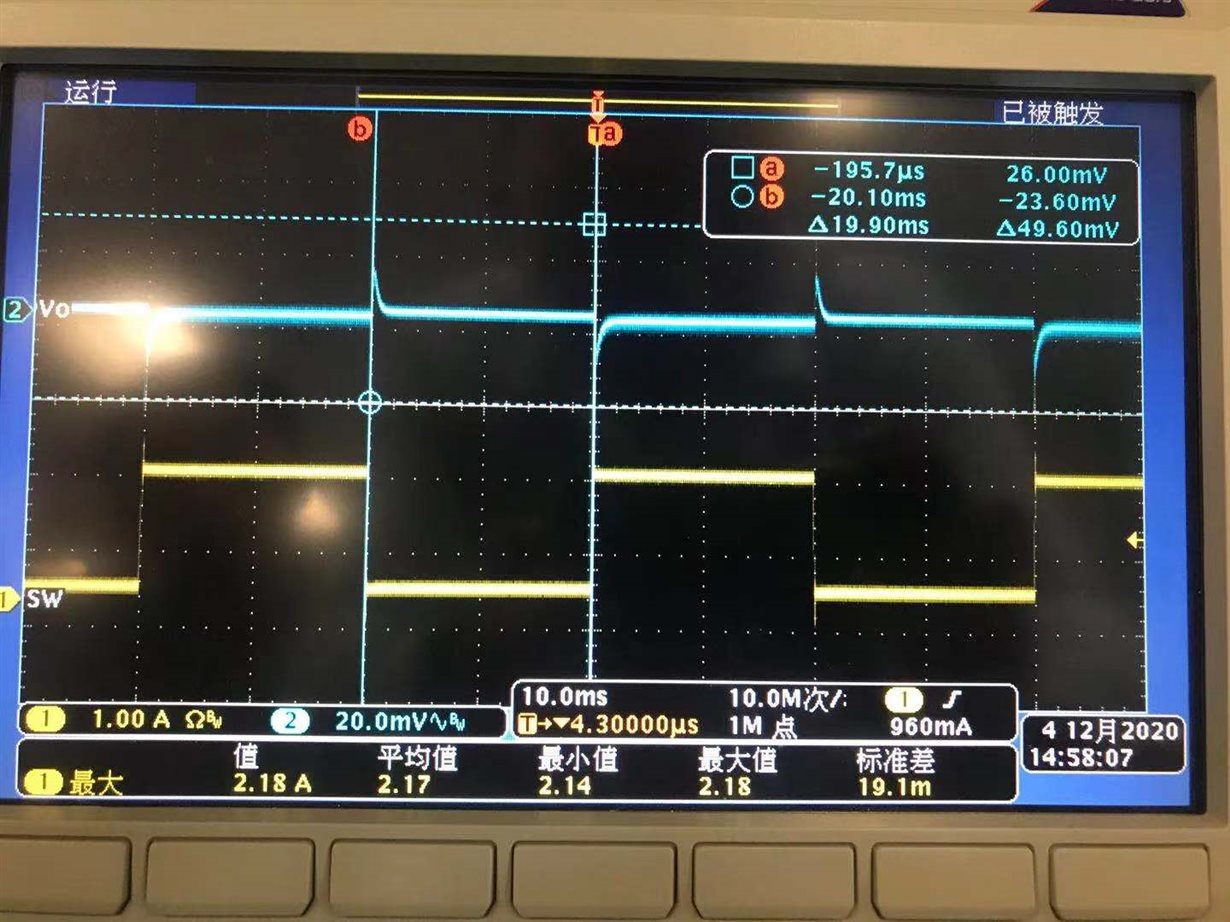Hi experts,
My customer is using TPS23754 in a new design, so far, They found a few of their board output is abnormal after running for a while. the output increased from 12v to above 20v, and can't reover from this damage. attached is their schematic, I've done the comparation with TPS23754EVM-420 EVM and list the difference as below. but honestly, PoE is quite new for me, please kindly suggest if there is potential risk of this design which can cause this problem. appreciate any further test suggestion. thanks.



